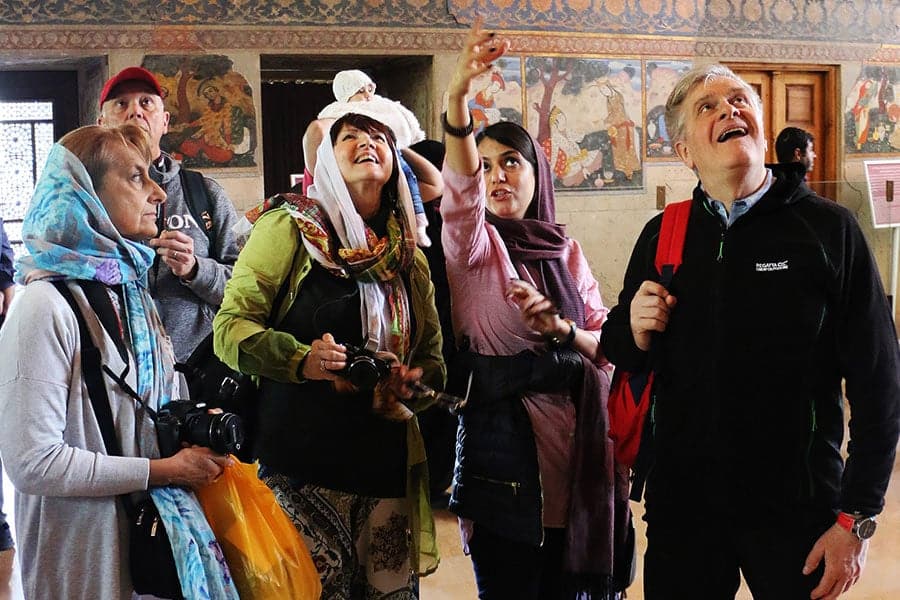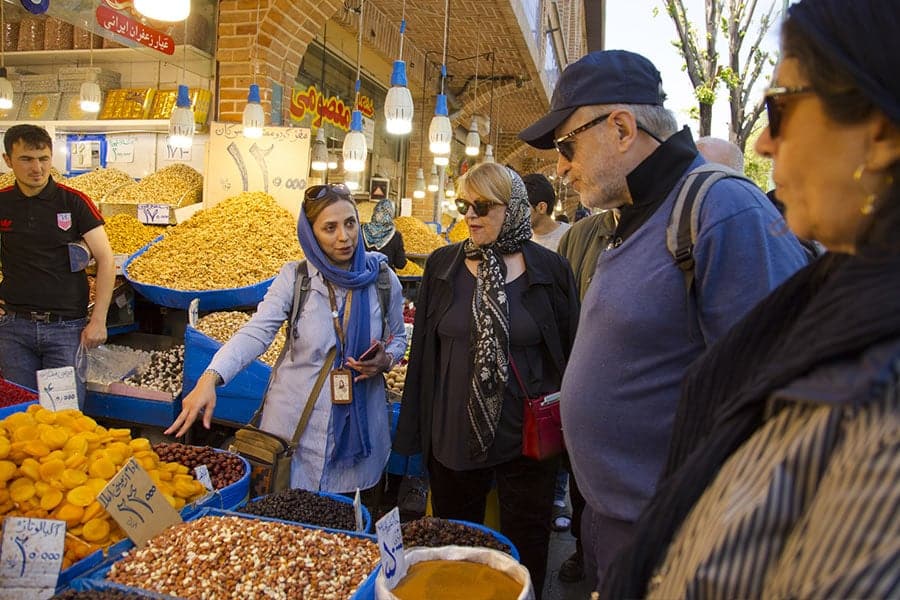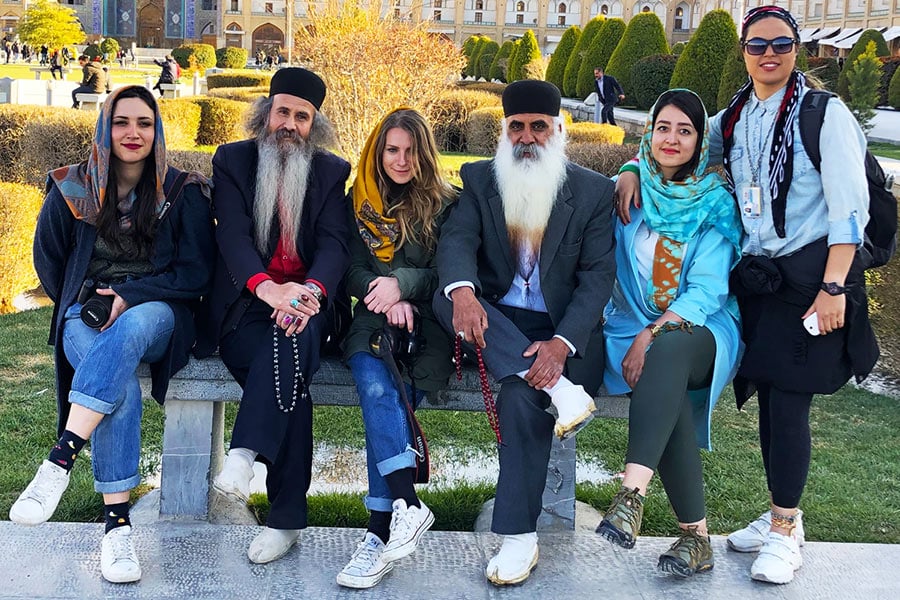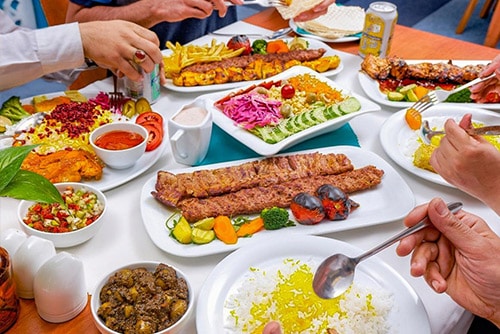Silk Road Iran: A Timeless Journey Through Persia’s Heritage
Exploring the Ancient Pathways of Culture and Commerce

The Silk Road, an ancient network of trade routes, not only facilitated the exchange of goods but also promoted unprecedented cultural, political, and technological interactions between diverse civilizations. This vast network, stretching from East Asia to the Mediterranean, served as a catalyst for the development and flourishing of many civilizations.
In this context, Iran played a pivotal role, acting as a bridge between the East and the West. Its strategic geographic position fostered rich exchanges of ideas, arts, science, and beliefs, deeply embedding Persian influences into the Silk Road’s multicultural tapestry.
Contents
Overview of the Silk Road
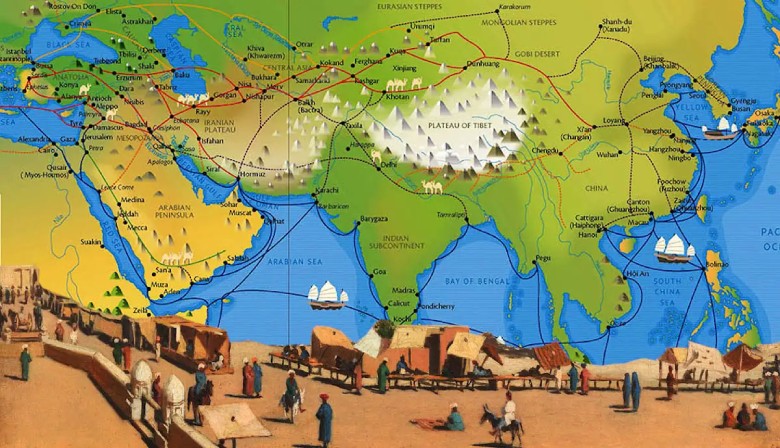
The Silk Road emerged during the Han Dynasty around 130 BCE and remained in use until the 14th century, linking continents and shaping the course of history. It was not just a conduit for silk but a vast network carrying spices, textiles, precious stones, and much more. It facilitated the spread of knowledge, technology, and religious beliefs across continents, which had a profound impact on the civilizations it touched.
Iran’s Unique Position on the Silk Road
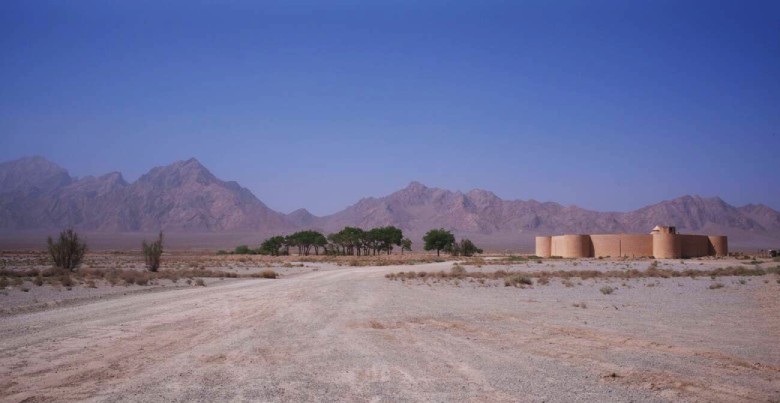
Iran’s strategic location at the heart of the Silk Road made it an essential corridor for traders and travelers. It enabled Persia to absorb diverse cultural elements and simultaneously transmit its rich heritage of art, literature, and learning to other parts of the world. Cities like Tehran, Isfahan, and Shiraz became melting pots of cultural and intellectual activity, influencing everything from architectural styles to culinary arts.
The influence of the Silk Road on Persian culture is evident in the luxurious Persian carpets, the grandeur of Islamic architecture, and the rich diversity of Persian cuisine, all of which continue to draw visitors and scholars to Iran. Through SURFIRAN, travelers can explore these historical routes and experience the enduring legacy of the Silk Road, appreciating its contributions to both Iranian culture and the broader history of human civilization.
Historical Overview of the Silk Road in Persia
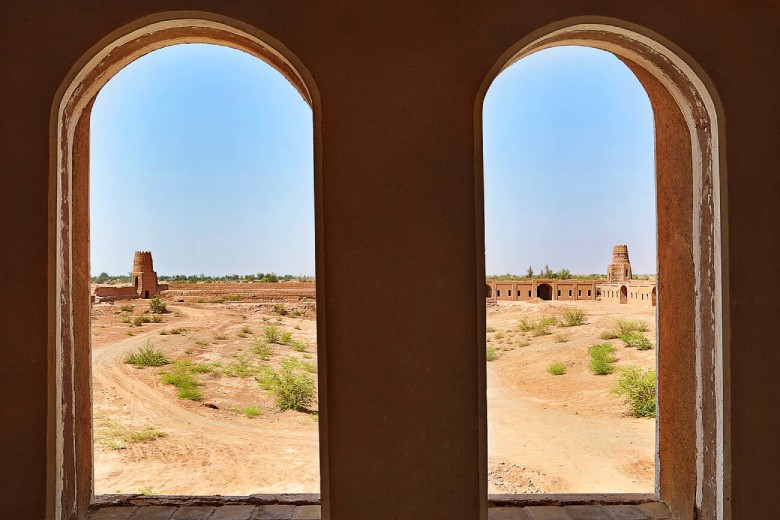
The Silk Road, a vast network of interconnected trade routes, initiated in the 2nd century BCE, facilitating the flow of goods, culture, and ideas between Asia and Europe. Persia, with its central location, emerged as a crucial artery in this complex web, enhancing its historical and economic significance.
Historically, the establishment of the Persian Royal Road by the Achaemenid Empire in the 5th century BCE marked one of the earliest efforts to streamline trade across the empire’s extensive territories. This infrastructure was pivotal in promoting commerce and communication, setting the stage for the expansion of Persian influence along the Silk Road.
Key Historical Events Shaping the Silk Road
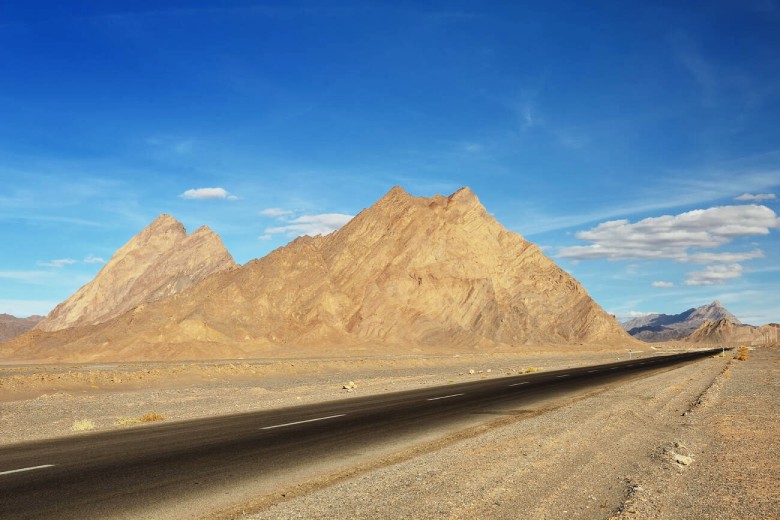
Several significant events have impacted the evolution of the Silk Road through Persia, shaping its legacy in global trade and cultural exchange.
The Macedonian Conquest, led by Alexander the Great in the 4th century BCE, significantly influenced the cultural landscape of Persia. This period introduced Hellenistic elements, which blended with the local Persian culture, enhancing the region’s appeal as a cultural melting pot along the Silk Road.
Moving forward, the Muslim Conquests in the 7th century CE further transformed Persia’s role on the Silk Road. These conquests expanded Islamic culture and political structures across Persia, integrating the region more deeply into the trade networks that spanned from the Mediterranean to the Far East. The stability provided by Islamic governance led to a resurgence in trade and the arts, underpinning Persia’s golden age of science and literature.
Moreover, during the Mongol Empire in the 13th century, trade routes were revitalized under the Pax Mongolica, which ensured safe passage for traders across the vast Mongol territories. The Mongol period is noted for its significant contributions to the cultural and economic vitality of the Silk Road, bringing about a period of intense interaction and exchange.
Book Services, Pay Online
Major Silk Road Cities in Iran
Each city along Iran’s segment of the Silk Road has played a unique role in the history and culture of the region. These cities not only served as commercial hubs but also as centers for cultural exchange, contributing significantly to the Persian legacy.
Tabriz: A Gateway to the West
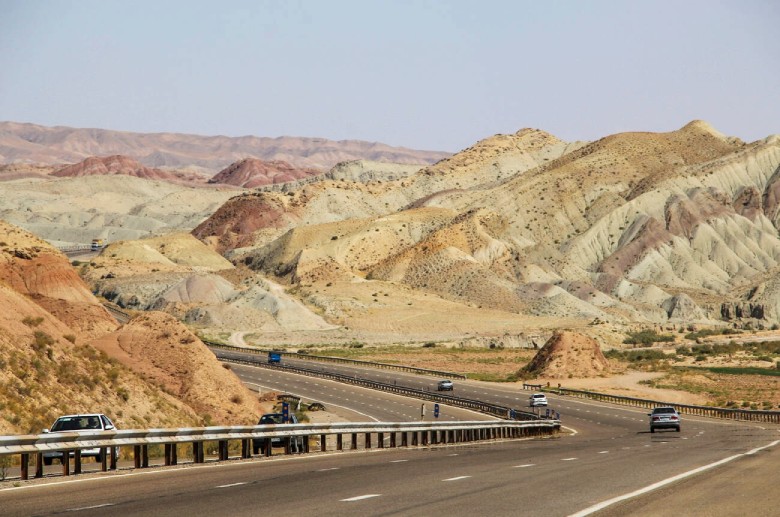
Tabriz, historically known as a pivotal link between the East and West, has long been a melting pot of cultures, languages, and religions. Its strategic location made it one of the first stops for traders from Europe entering Asia, facilitating the exchange of goods and cultural values. The city’s famous bazaar, a UNESCO World Heritage site, offers a glimpse into the bustling activity that has not waned for centuries.
Tehran: From a Small Village to a Bustling Capital
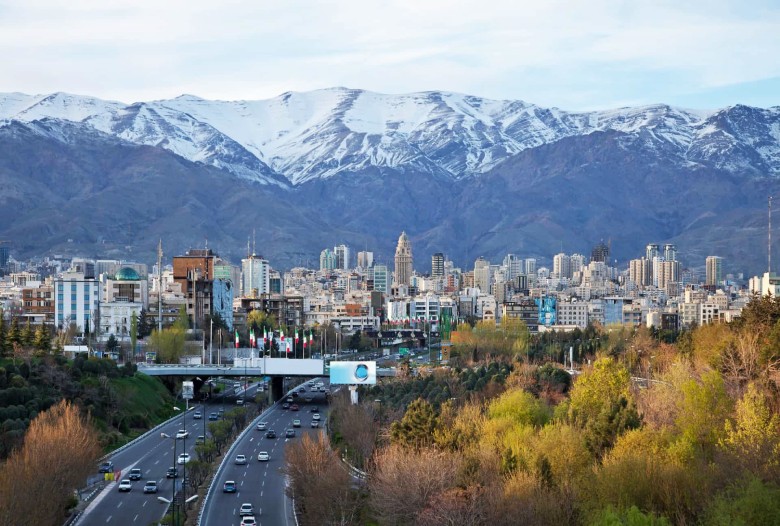
The transformation of Tehran from a modest village to Iran’s dynamic capital is a testament to its strategic importance on the Silk Road. It became especially significant in the 18th century, turning into a major trade hub and eventually the political heart of Iran. Today, Tehran’s rich history is visible in its palaces and museums, juxtaposed with modern architecture and vibrant street life.
Isfahan: The Jewel of Persian Architecture
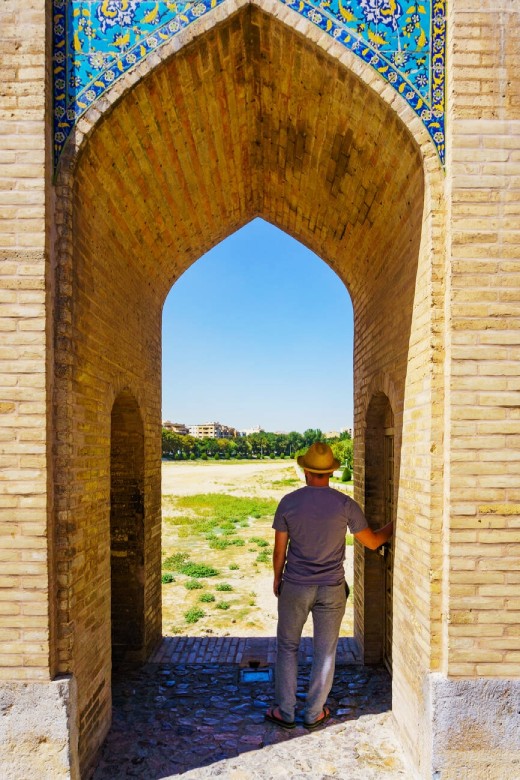
Isfahan is often referred to as the jewel in Iran’s historical and architectural crown. During the 16th century under Shah Abbas, it was one of the world’s largest cities and an epicenter for cultural and economic vitality. The city’s stunning Islamic architecture, vibrant bazaars, and famous bridges reflect its past importance as a crossroads for trade and diplomacy. Travelers can explore this heritage further through the Isfahan Travel Guide.
Shiraz: City of Poets and Gardens
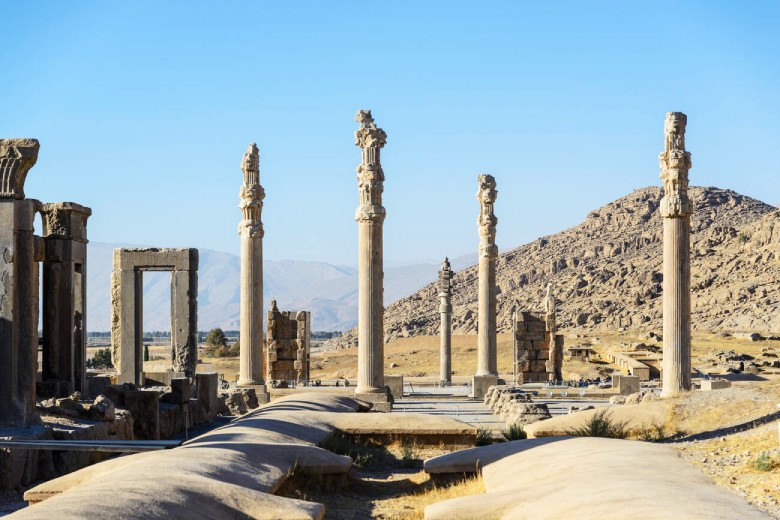
Known for its poetic legacy and lush gardens, Shiraz has a deeply entrenched cultural significance in Iran. It was an important trading stop on the Silk Road, famed for its literary history and as the birthplace of major Persian poets like Hafez and Saadi, whose works capture the ethos of their times. Visitors can delve into its rich cultural tapestry further with the Shiraz Travel Guide.
Yazd: Living Museum of Persian Civilization
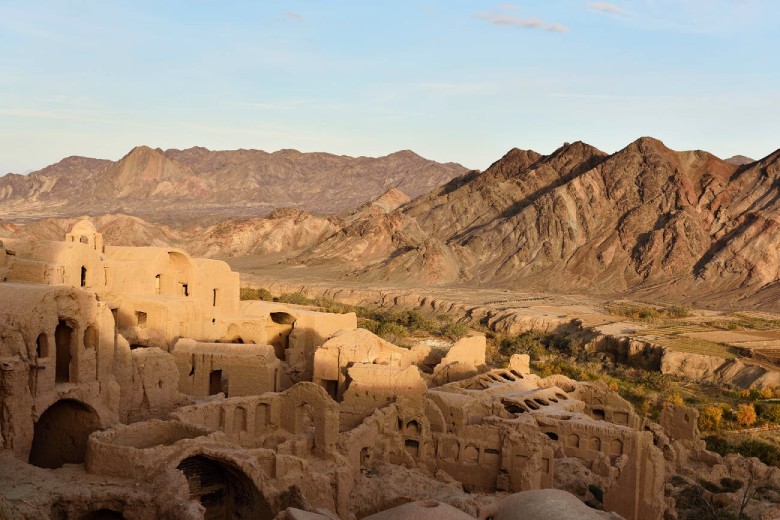
Yazd is celebrated as a living museum of Persian civilization. The city is known for its distinctive architecture of windcatchers and mud-brick homes designed to combat the harsh desert climate. A key site on the Silk Road due to its strategic location and ability to manage scarce water resources ingeniously, Yazd offers a unique glimpse into the ingenious urban planning of ancient Persia. Explore more through the Yazd Travel Guide.
Cultural Heritage Along the Silk Road
Iran’s Silk Road not only facilitated the exchange of goods but also allowed for the blending and celebration of various cultural heritages, profoundly influencing the region’s art, architecture, and culinary traditions.
Persian Carpets: Weaving History and Art
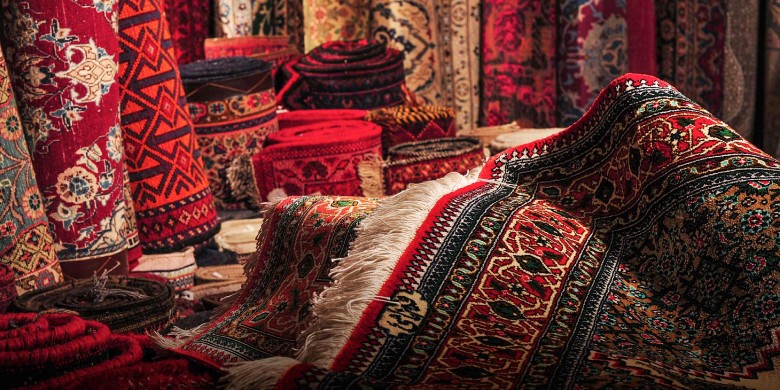
Persian carpets are renowned worldwide for their intricate designs, vibrant colors, and exceptional craftsmanship. Originating during the Sassanian period (224-651 CE), these carpets embody centuries of cultural traditions and artistic expression. Each carpet tells a story, with patterns that signify life, nature, and the beliefs of its weavers. For many, owning a Persian carpet means having a piece of Persian history and artistry that reflects the soul of the Silk Road.
Architectural Wonders: Mosques, Bazaars, and Caravanserais
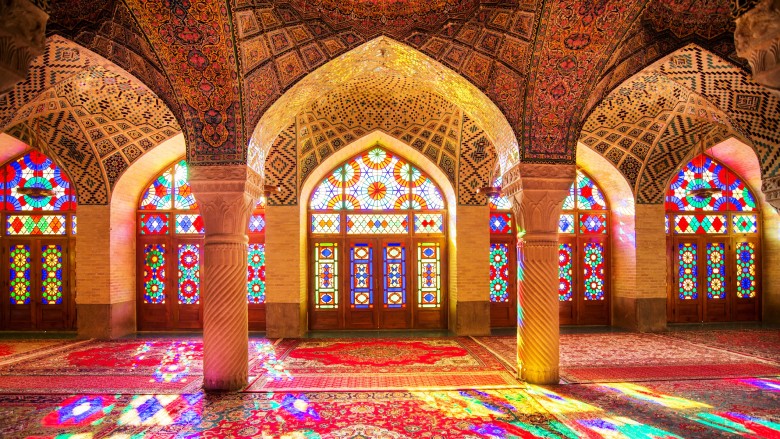
The architectural legacy of Iran along the Silk Road showcases some of the most spectacular constructions known to the ancient and modern world. Mosques with dazzling domes and intricate tile work, such as the Shah Mosque in Isfahan, serve as both places of worship and as symbols of the Islamic Golden Age. Similarly, bazaars like those in Tehran and Tabriz are not just markets but social hubs where people have exchanged goods and ideas for centuries. Caravanserais, which dotted the Silk Road, provided rest and refuge for travelers and their animals, acting as the precursor to modern hotels.
Culinary Delights: A Taste of the Silk Road
The Silk Road also introduced a variety of culinary delights to the world, with Persian cuisine taking center stage. Dishes such as kebabs, stews like Ghormeh Sabzi, and rice dishes flavored with saffron showcase the rich, diverse flavors that can be traced back to ancient trade routes. Persian sweets, such as baklava and falooda, reflect the integration of ingredients like rose water and pistachios, brought from different lands. These culinary traditions offer a delicious insight into the historical exchanges that occurred along these ancient routes.
Modern Encounters with Ancient Traditions
Iran’s rich history along the Silk Road is not confined to the past; it continues to thrive through the preservation of traditional crafts and the vibrant celebration of annual festivals. These cultural elements highlight how ancient practices are kept alive in modern times.
Traditional Crafts and Their Preservation
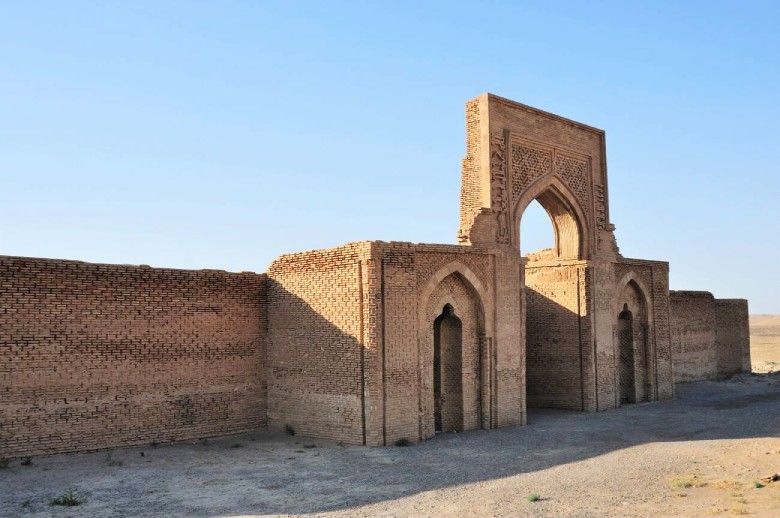
Traditional crafts in Iran, such as pottery, metalwork, and textile weaving, have been passed down through generations. These crafts are not merely artistic expressions but are deeply embedded with cultural significance and practical knowledge. Efforts to preserve these crafts are robust, with numerous workshops and markets dedicated to sustaining these age-old techniques. SURFIRAN supports these endeavors by featuring tours that include visits to artisan workshops, where travelers can witness the meticulous artistry that goes into creating Persian handicrafts.
Annual Festivals and Celebrations Along the Silk Road Routes
Festivals and celebrations in Iran serve as dynamic venues for the display of cultural heritage and social traditions. Events such as Nowruz (the Persian New Year), and the Saffron Harvest Festival, showcase the blend of ancient customs with contemporary festivity. These gatherings are not only times of joy and celebration but also serve as opportunities for communities to reconnect with their historical roots and for visitors to experience Iran’s rich cultural diversity firsthand.
Traveling the Silk Road Today
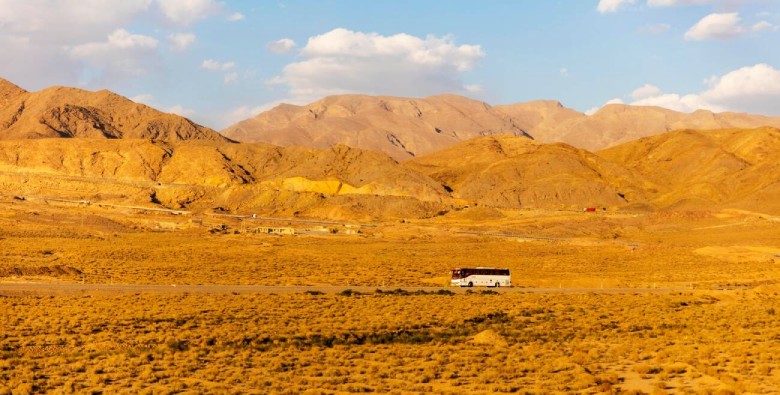
Exploring the Silk Road in modern Iran offers travelers an extraordinary journey through history, culture, and stunning landscapes. From planning your trip to selecting the perfect tour, here’s everything you need to know to embark on this unforgettable adventure.
How to Plan Your Journey
Planning your journey along the Silk Road involves understanding the best times to visit, the regions you wish to explore, and the type of experiences you want to have. It’s important to consider the climate of the regions, as northern areas can be quite different from the southern parts of Iran. Researching and mapping out the key historical sites and cities such as Isfahan, Shiraz, and Yazd will help you maximize your travel experience.
Recommended Tours and Experiences (SURFIRAN Tours)
SURFIRAN Tours
Best Iran Tours
SURFIRAN offers a range of tailored tours that cater to diverse interests and preferences. Whether you are interested in exploring ancient ruins, enjoying local cuisine, or participating in cultural festivals, there is a tour for you. Some of the highly recommended tours include:
- Cultural Heritage Tours: Dive deep into Iran’s rich history by visiting UNESCO World Heritage Sites along the Silk Road.
- Culinary Tours: Savor the flavors of traditional Persian cuisine in local markets and family homes.
- Adventure Tours: Engage in trekking, biking, and other outdoor activities in the stunning landscapes of Iran.
Conclusion
The Silk Road has left an indelible mark on Iran, weaving a rich tapestry of history, culture, and economic development that continues to influence the nation today. This legendary route has not only contributed to the cultural richness of Iran but has also played a pivotal role in connecting East and West.
The Lasting Legacy of the Silk Road in Iran
Iran’s portion of the Silk Road is more than just a historical route; it’s a testament to the country’s resilience and its central role in the interchange of goods and ideas. The architectural marvels, the literary contributions, and the philosophical advancements that were facilitated by this ancient network are integral to understanding the historical context of modern Iran. These elements continue to attract scholars, tourists, and history enthusiasts to this day, seeking to explore the depths of Persian culture and its historical significance.
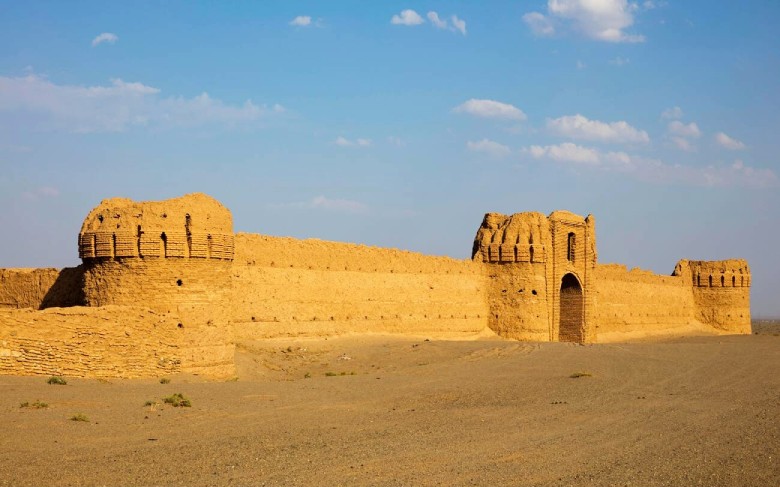
Encouraging Sustainable Tourism and Cultural Exchange
Looking to the future, there is a growing emphasis on promoting sustainable tourism practices along the Silk Road. This involves preserving the natural environments, historical sites, and cultural heritage of the region while fostering economic opportunities for local communities.
Furthermore, the Silk Road remains a powerful channel for cultural exchange, promoting peace and mutual understanding among different peoples. By exploring this ancient route, travelers not only discover the past but also contribute to the ongoing dialogue between cultures, helping to bridge gaps and build connections across continents.
Read More
